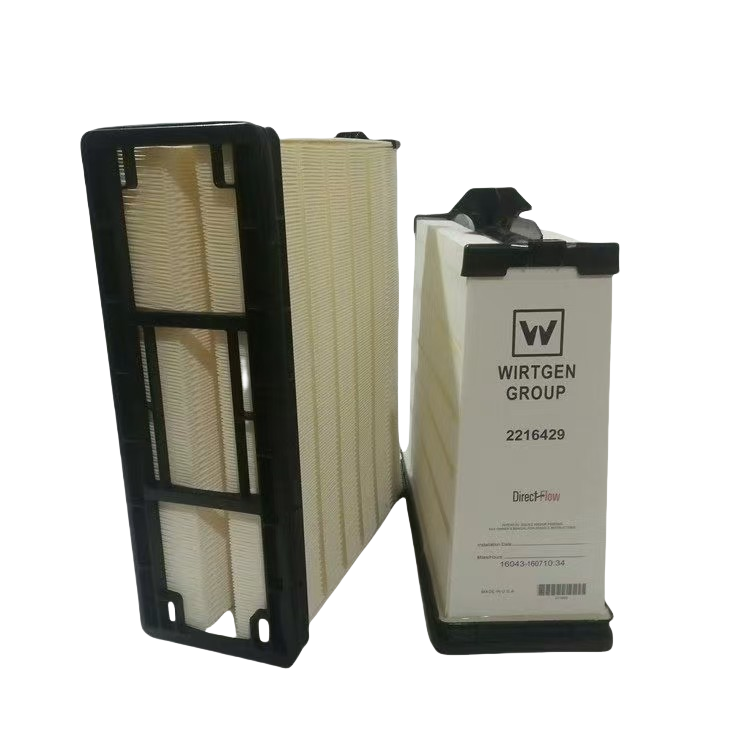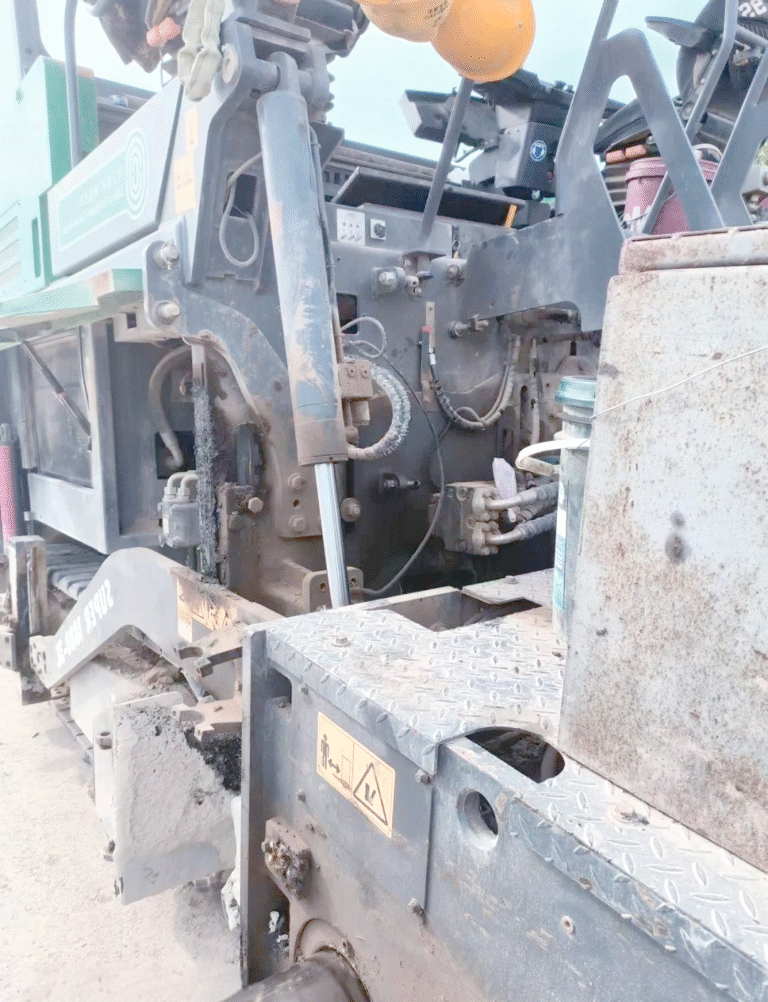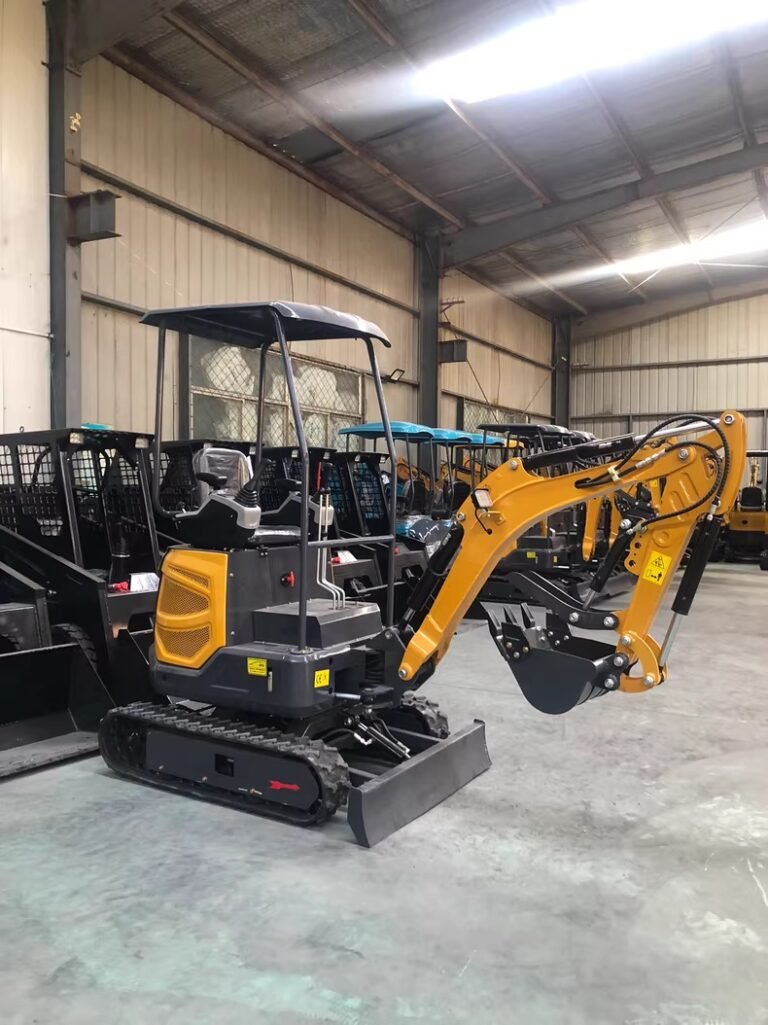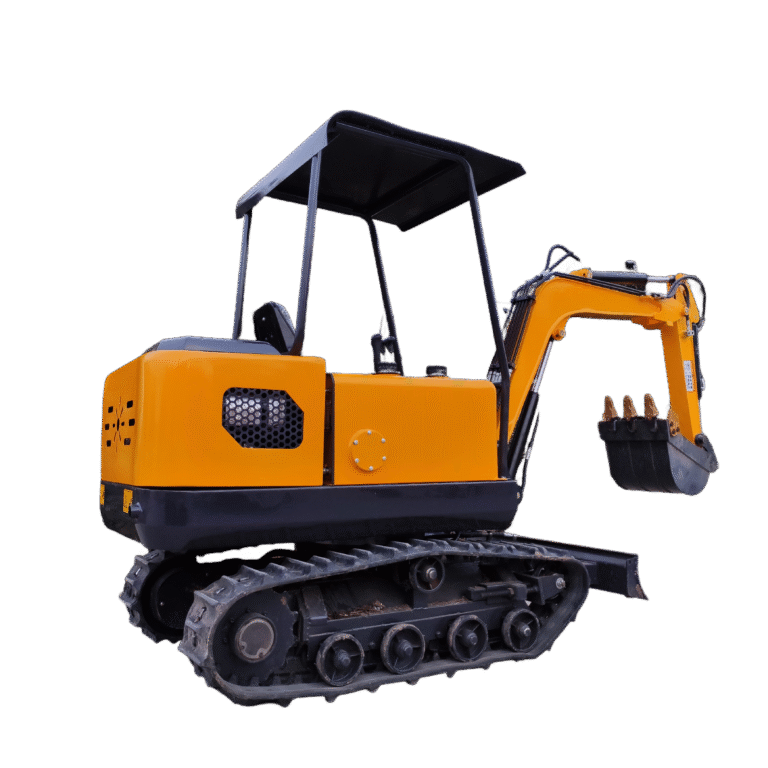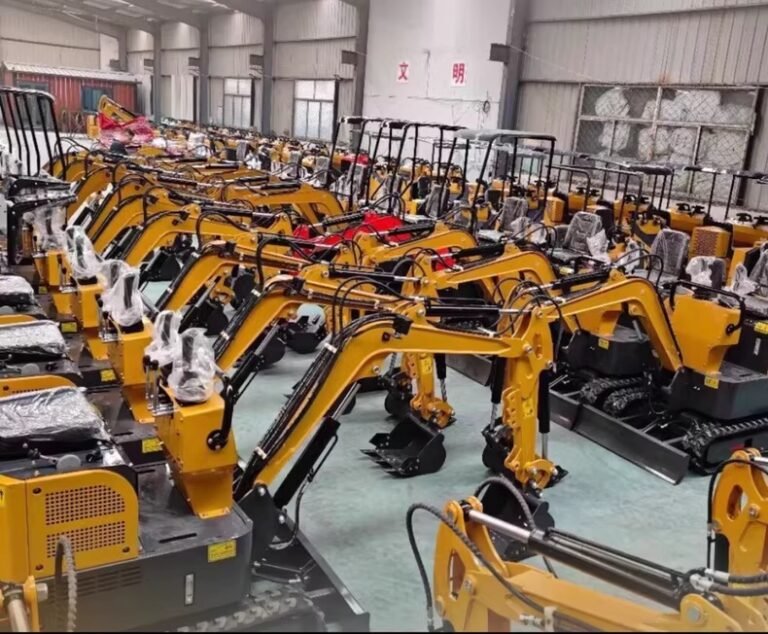How Deep Can I Dig With a Mini Hydraulic Excavator?
For contractors, landscapers, and property owners, a mini hydraulic excavator is a versatile and powerful tool. But before you rent or buy, a fundamental question needs answering: How deep can I dig with a mini hydraulic excavator? The answer depends on the size and model of the machine, but generally, you can expect digging depths ranging from 1.5 meters to over 2.4 meters (approx. 5 to 8 feet).
This guide will provide a detailed breakdown of digging capabilities across different size classes and introduce you to the range of high-performance, affordable Chinese mini excavators for sale from LongTrust Machinery.
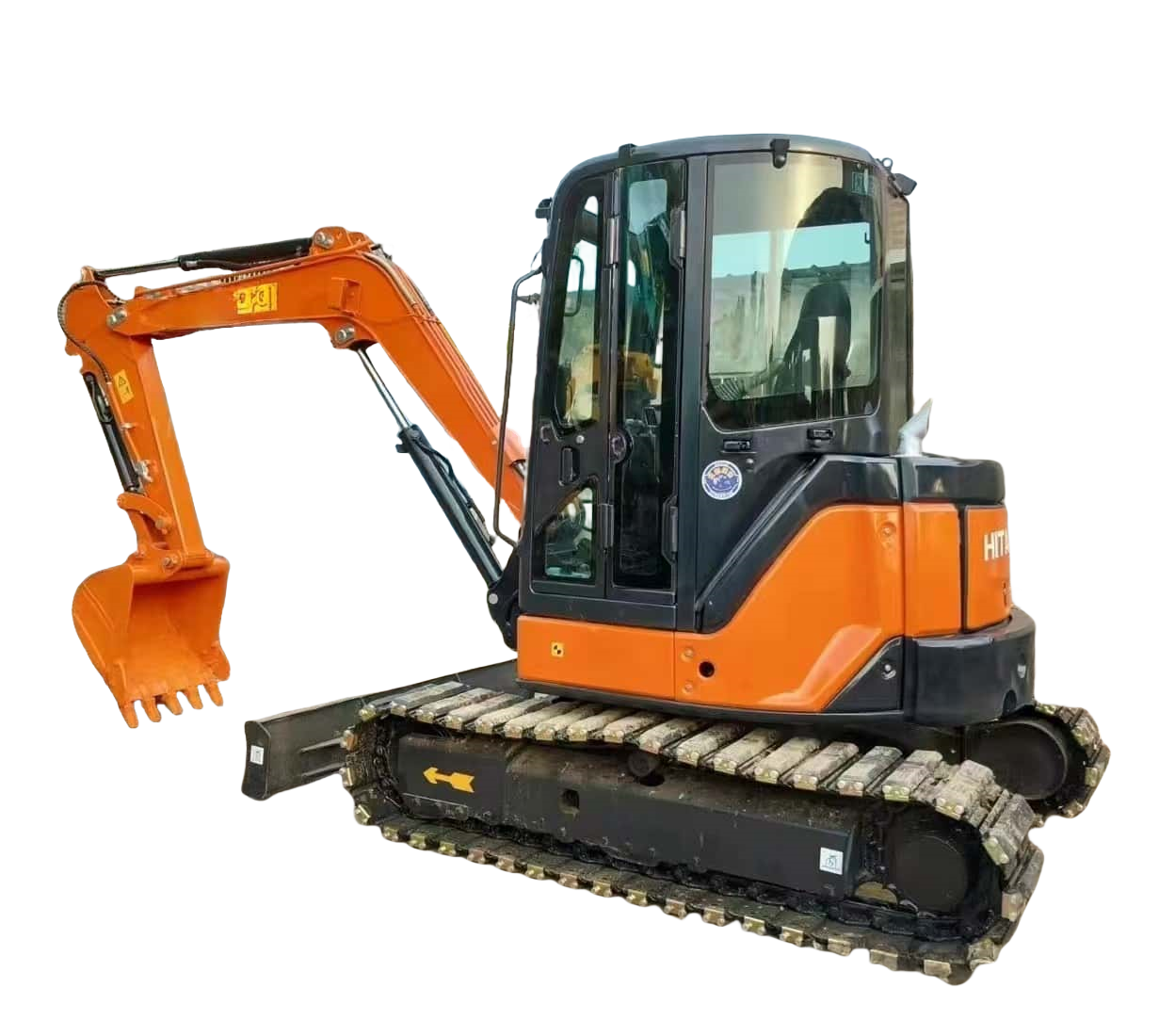
What is a Mini Hydraulic Excavator?
A mini hydraulic excavator is a compact digging machine, typically under 3 tons, powered by a hydraulic system. It consists of an undercarriage (with steel or rubber tracks), a powerful engine, a rotating house, and a hydraulic arm with an attachment (like a bucket).
Compared to their larger counterparts, these machines excel in versatility and accessibility. Their small size allows them to work in confined spaces—backyards, inside buildings, or through standard gates—making them indispensable for urban construction, landscaping, agriculture, and road maintenance.
How Deep Can Different Sizes Dig?
The digging depth is directly correlated to the size and weight of the excavator. Here’s a general overview of what you can expect from different classes of mini hydraulic excavators for sale:
- Ultra-Compact (Under 1 Ton): These micro excavators are designed for the tightest spaces. Their digging depth typically ranges from 1.2 to 1.7 meters (4-5.5 ft). They are perfect for small trenches for utility lines, gardening, and interior demolition.
- Standard Compact (1 Ton – 1.8 Ton): This is the most popular and versatile category. If you’re searching for a 1.5 ton mini excavators for sale or a 1.8 ton mini excavator for sale, you’ll find digging depths between 1.7 to 2.0 meters (5.5-6.5 ft). This is ideal for most digging tasks, from foundation footings to drainage ditches.
- Heavy-Duty Compact (2 Ton – 3 Ton): For more demanding projects, these larger compact models offer increased power and depth. A robust 6000 lb mini excavator for sale (approx. 5.4 tons) would be in a larger class, but a 2-3 ton model can dig from 2.2 to 2.45 meters (7-8 ft) deep, handling tougher excavation tasks with ease.
LongTrust Machinery Model Specifications: Find Your Depth
At LongTrust Machinery, we offer a comprehensive range of models to match any project requirement. Here’s how our lineup stacks up in terms of digging performance:
| Model | Weight | Maximum Digging Depth | Ideal For |
|---|---|---|---|
| LX-80 | 750 kg | 1200 mm (3.9 ft) | Indoor work, tiny gardens, ultra-tight access |
| LX-90 | 800 kg | 1650 mm (5.4 ft) | Small property drainage, landscaping |
| LX-100 / LX-130 | 1100 kg | 1740 mm (5.7 ft) | General farm work, fencing, utility trenches |
| LX-150 | 1500 kg | 1800 mm (5.9 ft) | A powerful all-rounder for diverse projects |
| LX-170 | 1700 kg | 2000 mm (6.6 ft) | Deeper foundations, agricultural digging |
| LX-200 | 2000 kg | 2200 mm (7.2 ft) | Serious excavation, construction sites |
| LX-250 | 2300 kg | 2300 mm (7.5 ft) | Heavy-duty trenching and digging |
| LX-300 | 2980 kg | 2450 mm (8 ft) | Maximum depth for a compact machine |
Factors That Influence Digging Depth
It’s important to know that the machine’s specifications are just one part of the equation. Several factors on the job site can affect the practical digging depth:
- Soil Conditions: This is the biggest factor. Loose soil, sand, and clay are much easier to dig than compacted earth, rocky terrain, or solid bedrock.
- Machine Stability: The weight and track width of the excavator provide counterbalance when digging at full depth. Heavier machines generally handle deep digs with more stability.
- Hydraulic Power: The digging force (measured in kN) determines how effectively the bucket can break through tough material at depth.
- Boom and Arm Length: Some models offer optional long arms (often called “mass excavation” or “ditching” arms) that can significantly increase digging reach and depth, though they may sacrifice some lifting power.
How to Maximize Your Mini Excavator’s Capabilities
If you need to reach maximum depth efficiently, follow these tips:
- Site Preparation: Clear the area of large obstacles and, if possible, loosen very hard topsoil with another tool first.
- Proper Technique: Position the machine on level ground for stability. Use the boom and arm smoothly to pull the bucket through the material rather than forcing it.
- Choose the Right Attachment: A standard bucket is best for most digging. A narrow trenching bucket can help achieve a clean, deep trench more efficiently.
- Maintain Your Machine: A well-maintained hydraulic system with clean filters and fluid is essential for achieving the machine’s full power and depth potential.
Conclusion: Choose the Right Depth for Your Project
So, how deep can you dig? As we’ve seen, depths from 1.2 meters to nearly 2.5 meters are achievable with the right mini excavator. The key is to match the machine to your most common projects.
Whether you need a shallow 1 ton mini excavator for sale near me for gardening or a powerful LX-300 for deep foundation work, LongTrust Machinery has a reliable and affordable solution. We are a trusted source for cheap mini excavator for sale near me, offering incredible value without compromising on quality or performance.
Ready to find the perfect mini excavator for your digging needs? Explore our full catalog of high-performance machines and discover why savvy buyers shop mini excavators for sale with us. Contact LongTrust Machinery today for a quote and expert advice!

